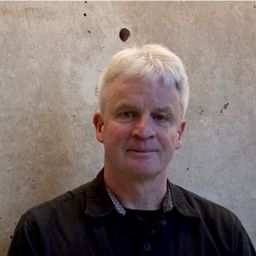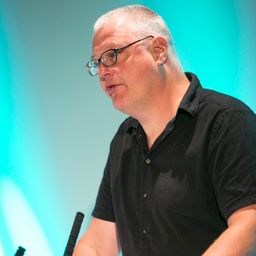Ephemeral Sites of Critical Anti-modernism: Exploring the Tangible and Intangible Cultural Heritage of Experimental 1970s Eco-social Communities
Mon statut pour la session
Some of these experiments remain in operation today (often in a transformed state), but many were transitory, and now abandoned. These sites offer potent challenges in the documentation, conservation and representation of cultural heritage, tangible and intangible. Heritage elements include the sites themselves, and the remnants of buildings, devices and equipment. Other artefacts and primary documents may remain on site, or may have been removed to official and informal archives. Important evidence is also available in the form of contemporary media coverage, self-publications and other public accounts. Because of the transient nature of these sites, important ephemeral heritage dimensions include personal journals, letters, photographs and films, along with oral history and lore. The conscious social experimentation means that the practices of governance, decision-making and daily life are often as significant as the artefacts and documents in the heritage value and legacy. These intangible cultural heritage dimensions extend to the vision, ethics and politics that informed and challenged the communities, along with the variations, inversions and refinements of their cultural practices over time. Many of these sites also have a body of local or international received tradition and myth—people know “of” these places, but know little for certain “about” these places. Often this received tradition is rooted in significant events or celebrations at the sites, or moments of interaction between the eco-social experimenters and the neighbouring communities; the events themselves, and the cultural memories associated with them, are another important heritage element.
For the present day, these sites offer important lessons worth retrieving and considering; lessons that might inform our efforts to move toward a sustainable future. This session invites presentations of case studies, theoretical considerations, and artistic and community projects that witness, document, assess, or carry forward the spirit and cultural heritage of such sites of eco-social experimentation. Presentations might address the challenge of documenting and representing the complex of tangible and intangible elements making up the legacy of such sites; track the life of these communities over time; explore the effects of the fluidity of both communities and their physical settings; recount the shifting outside perceptions of these eco-social experiments; or assess the rippling after-effects of these experiments on the world outside the closed community.
Sous sessions
The apocryphal story of architect-developer Al Boecke flying over Sonoma County in 1962 to spot the site for a new community development marks the beginning of the carefully cultivated story of the Sea Ranch project in Northern California as a retreat from the modern city and as a social experiment in alternative living. Sea Ranch inhabitants consider themselves pioneer settlers, treading lightly in an effort to preserve the untouched sanctity of the landscape. The architectural response i...
While national and international heritage processes during the second half of the twentieth century can be characterized as mostly hegemonic and expert-led, there are also notable counter-examples to be found in history. One such example is the “Dig Where You Stand” (Gräv där du står) movement in the 1970s and 1980s, named after a book published in 1978 by Swedish author, activist, and researcher Sven Lindqvist. Inspired by the understanding that “History is dangerous. History is ...
The emergence of “Green” approaches to environmentally-conscious architecture in the 1970s reflects and responds to a number of then-current events, including the OPEC oil crisis of 1973, the international events and activism leading to the first “Earth Day” in 1970, the counterculture youth movements of the 1960s, and lingering fears of atomic destruction fed by the Cold War. Beneath these surface drivers lurk more long-standing cultural forces, including the tension between the modernist...




